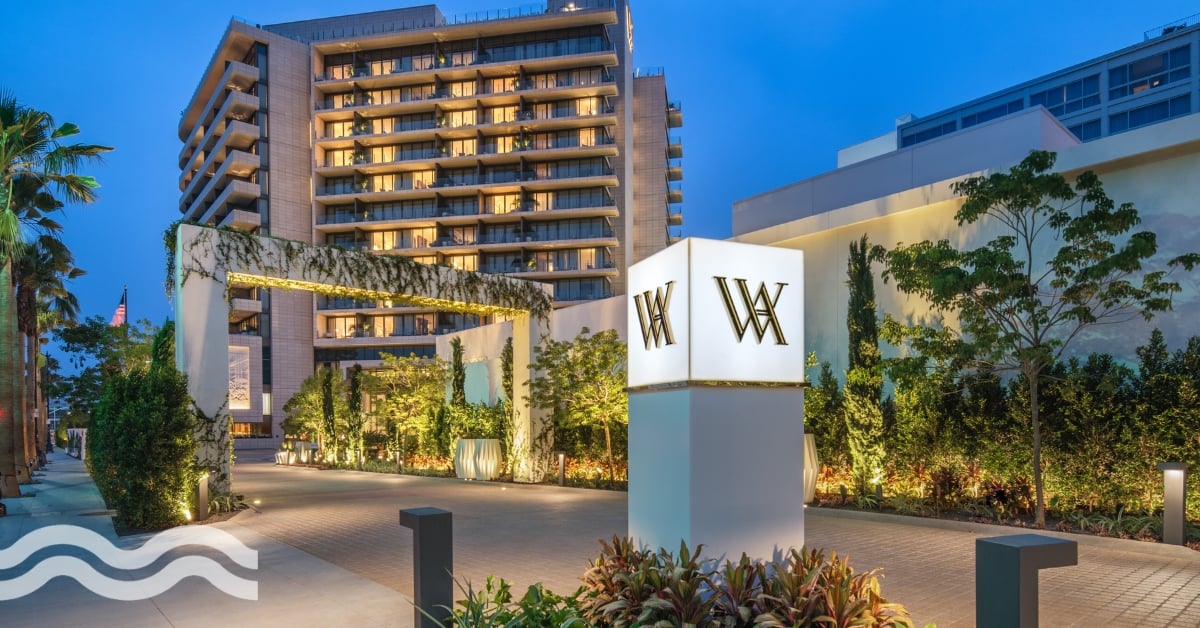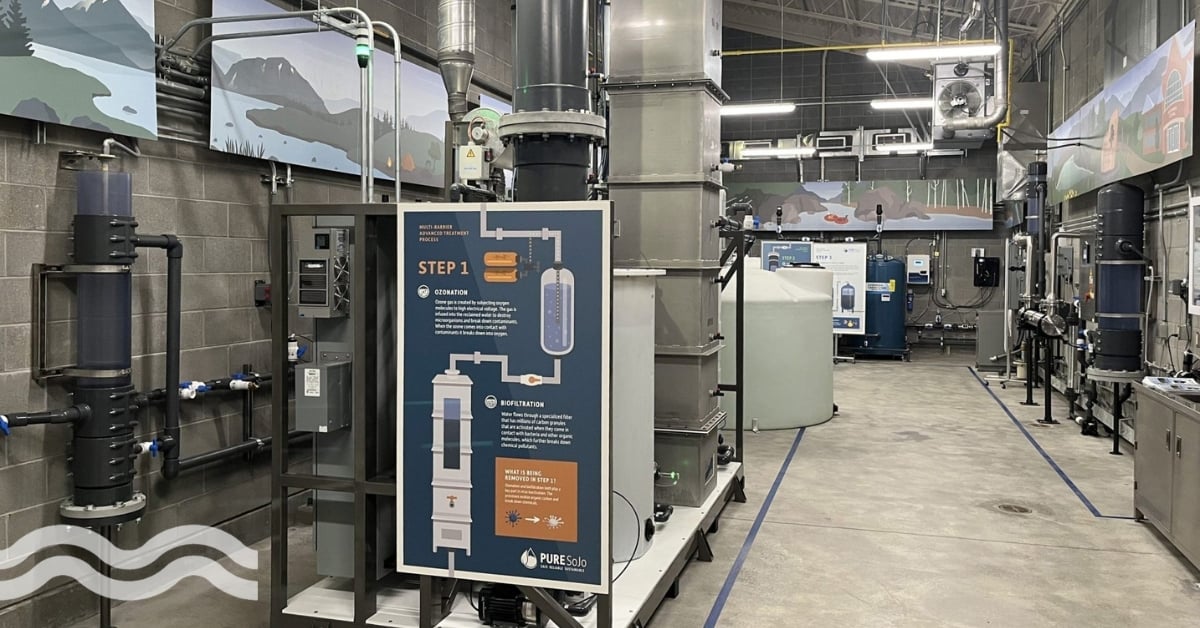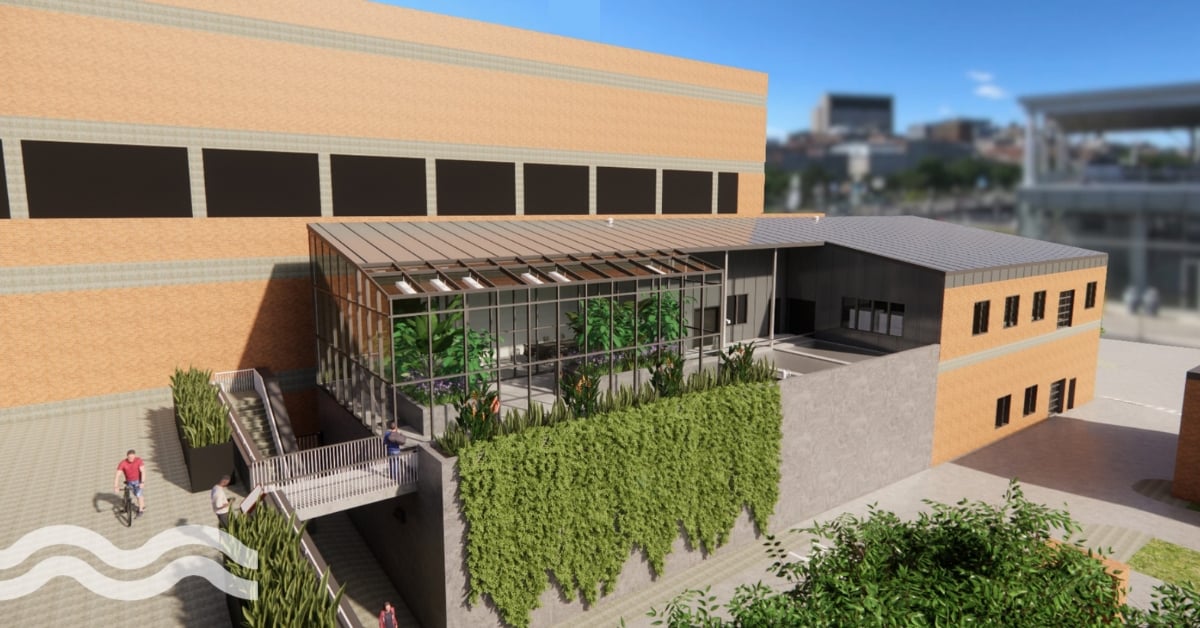A decade later: Latin America's largest water recycling plant

Aquapolo Ambiental is the fifth-largest water recycling plant on the planet, and recently celebrated its 10th anniversary.
Ten years later
São Paulo, the economic, financial, and technical hub of Brazil and the seventh most populous urban area in the world.
The region contains almost a quarter of the country’s population but less than two per cent of Brazil’s water.
Our commitment is to zero the water footprint of direct use by 2025, that is, to use only reuse water in the operation and no longer from springs.
Back in 2012, the Aquapolo Ambiental water recycling project began operation, born out of a partnership between GS Inima Industrial and utility Sabesp - initially only operating at half of its capacity.
With a capacity of up to 1000 litres/second, domestic wastewater is treated before being recycled and send to a petrochemical facility.
The plant produces enough recycled water to supply a city of 500,000 people.
Márcio da Silva José, president of Aquapolo Ambiental, said: "Our commitment is to zero the water footprint of direct use by 2025, that is, to use only reuse water in the operation and no longer from springs."
A time to celebrate
Developed as a water management solution for climate change, Aquapol provides reuse water for the Capuava Petrochemical Complex and industries in the ABC Paulista region.
The Aquapolo Ambiental water reuse venture was created to address new regulations to restrict industrial use of potable water in São Paulo.
The collaboration between GS Inima Industrial and utility Sabesp, Aquapolo is the largest wastewater reuse project in the Southern Hemisphere, and the fifth largest of its kind in the world. A virtual tour of the plant can be seen below:
At the end of 2022, GS Inima Industrial and Sabesp announced the Aquapolo Ambiental plant completed the production of 100 million cubic meters of recycled water for the industry.
Paulo Roberto Oliveira, CEO of GS Inima Brasil, said: "This volume would be enough to supply a city of up to 50 thousand inhabitants for 45 years. Brazil today has almost 4,900 cities of this size.”
Moreover, the Aquapolo Ambiental plant had more to celebrate as it was awarded recognition as a Climate Smart Water Utility company by the International Water Association (IWA).
Launched back in 2022, the programme aims to inspire utilities to be increasingly Climate Smart and to embrace the cultural shift on three interconnected pillars for action: adaptation, mitigation, and leadership.
Connecting treated and recycled municipal wastewater to industrial applications is gaining momentum, albeit slowly. Elsewhere, a new collaboration will help to divert 20 billion litres of recycled wastewater per year for cooling water in the port of Antwerp by 2025.
Future targets
While it was indeed time to reflect on its success, Aquapolo Ambiental has set new targets for 2025.
Márcio José announced the goal of neutralising 62 per cent of carbon emissions by 2025 and producing zero carbon by 2030.
In July 2020, the Brazilian government announced its support for sustainable projects and cleantech solutions for several industries.
Part of the new framework set out the target to guarantee 99 per cent of Brazil’s population has access to potable water.
Plus, it also set out the target of achieving a 90 per cent sewage collection rate, compared to 53 per cent currently.


